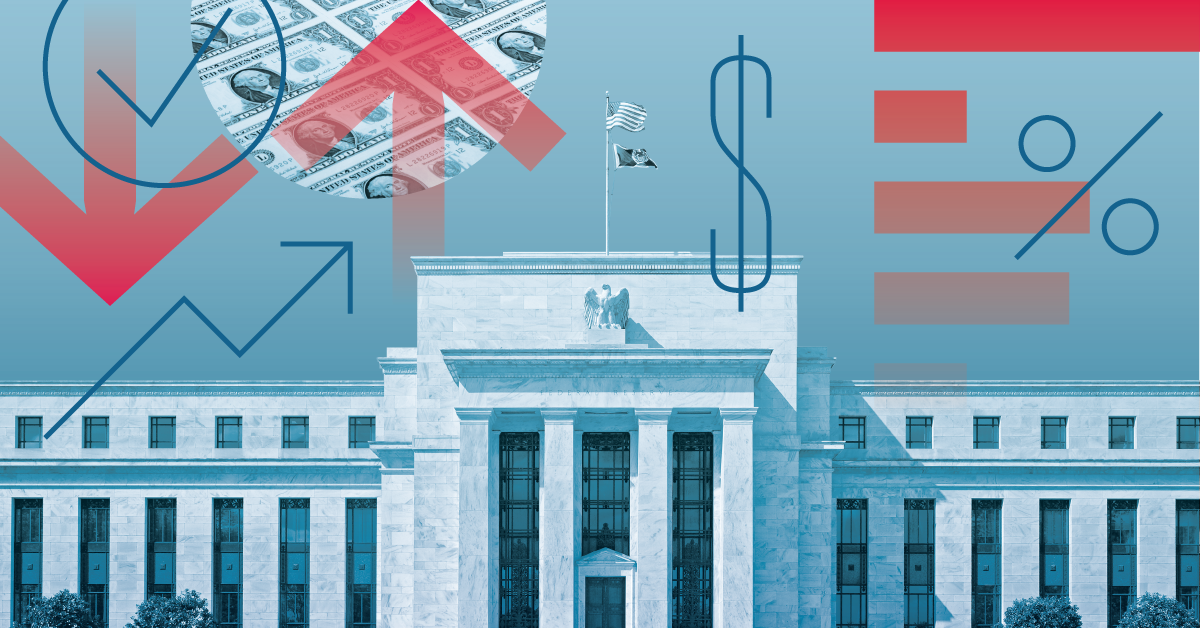
Several renowned financial bears have recently come out of their dens address the optimism that took hold of the markets at the beginning of 2023 – they think it is false and misguided. They think that the major bear market of 2022 has not yet ended and that a lot of hardship is still to come.
Some of the bears include:
- Michael Burry (who was portrayed by actor Christian Bale in the film The Big Short),
- Nassim Nicholas Taleb (author of The Black Swan)
- Nouriel Roubini (called Dr. Doom, he predicted the 2008 crisis),
- Jeremy Grantham (who is considered a ‘permabear’, or someone who is always bearish), and
- The Morgan Stanley Wealth Management strategy team
‘Sell,’ ‘Disneyland is Over,’ ‘Too Much Debt,’ ‘Massive Selloff’
The negative omens of these bears sometimes take a telegraphic turn. For example, Burry unleashed a cryptic tweet at investors in early February, which was simply the word, 'Sell'. In the course of January, he compared the market rebound with the ephemeral rally of the S&P 500 at the time of the dot.com boom, informing investors that the index could further crash by 50 % under 1 900 points (on March 28, the index stood at 3 968 points).
Roubini denounces the disproportionate levels of debt that have piled up in the economy. “There is so much debt in the system that an attempt to reduce inflation not only causes an economic crash, it causes also a financial crisis," the economist told Kitco News in mid-January. “They will feed on each other, and faced with an economic and financial crash, the Fed and other central banks are going to have to wimp out, blink, and not raise interest rates as much.”
“However, Roubini continued, that still won't save the economy from a recession: failing to bring inflation back to target levels could cause a de-anchoring of inflation expectations, sparking a stagflationary debt crisis.” He expects that prices will fall by 30%, and the only haven he points to is gold, predicting that it will rise to US$ 3,000 per ounce.
Taleb's reading is very simple: "The stock market is way too overvalued for interest rates that are not 1%, he claims. I think that we may have a collapse in many, many prices.
It doesn't rain money anymore, Disneyland is over.”
In early March, the strategy team of Morgan Stanley warned: "The stock market and the credit market are fighting the Federal Reserve's likely path of rising interest rates. US stock valuation is at an extreme.” Morgan Stanley’s Chief Investment Officer Mike Wilson expects a short-term rally, but considers that markets are running on borrowed time before a US recession batters earnings and prices. He sees the 2023 rally as a bull trap with bulls running at full speed toward a massive sell-off, though he doesn’t say how steep that sell-off will be.
Valuations Still Far From Long-Term Averages
Grantham, co-founder of GMO, accurately predicted the falls of 2000, 2008, 2018 and 2022. He released his latest letter on January 24 of this year. It presents articulated arguments predicting a further fall in markets. He was the only forecaster to accurately predict the fall that occurred this year, and that, according to him, is bound to continue.
In his 2022 commentary, he predicted that the current crash would be unprecedented as it would involve the simultaneous bursting of four asset bubbles: equities, bonds, housing and commodities. So far, his prediction has been correct for the first three asset classes, raw materials have not complied with his forecast. The fall in each of the asset classes was to be at least 50%, which would bring them back to their long-term evolution.
In his most recent letter, Grantham says at the opening that the easiest part of the crash is completed. The second part remains to unravel, "although the most excessive foam in the stock market bubble has been cleaned, the valuations are still far from their long-term averages." He expects the correction to continue, adding that we need to anticipate that it will bring us even lower than the long term trend, as is always the case in episodes of major decline.
Real Estate is a Real Risk
The word of the hour is "polycrisis," Grantham notes, and the most potentially damaging part lies in real estate because of its large footprint in the real economy. The global real estate bubble crisis has begun to manifest itself, particularly in Canada and Australia, but it must be remembered that real estate setbacks take two to three times longer to deploy than they do in shares.
Grantham recognizes that the chances of further stock market disappointments are lower than they were in early 2022. But too many risks persist in the system, he believes, for us to escape unscathed: persistent inflation, still rising rates, the war in Ukraine and its consequences on food and energy prices. "Rarely have so many severely negative factors been present simultaneously," he writes.
More recently, in a Rosenberg Research webcast of March 16, Grantham acknowledged the additional factor of the current banking turmoil, saying that it could increase damage when the bubbles burst. In that interview, he said that the market could collapse by another 24% down to 3,000 points - if the U.S. gets lucky. But the S&P 500 could also cave down to 2,000 points, another 50% fall, the same level Burry predicted in January.




















